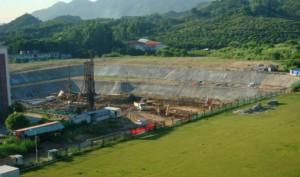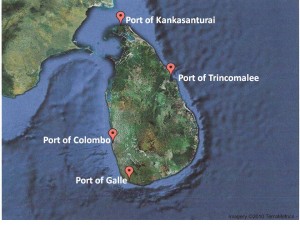
Beijing aims to spread Chinese medicine
“We want to make Chinese medicine more acceptable to Western consumers,” Zhang says.
So does Beijing. In August, China‘s health ministry launched a government-backed industry-university alliance to promote traditional Chinese medicine in the global market. As the number of foreign countries already using such medicine rises, exports of TCM are now worth almost $1.5 billion a year, says Wang Guoqiang, director of the State Administration of Traditional Chinese Medicine.
. . . . . . .
One of the world's oldest medical systems, traditional Chinese medicine views the body as a network of interconnected systems and energies. There is a focus on remedying underlying causes rather than treating symptoms. Presenting it in a scientific manner is a challenge.
. . . . . .
China wants to more than double its foreign student numbers to 500,000 in 2020, from a record high of 240,000 in 2009, according to the Ministry of Education. Some 13.5% of foreign students study medicine, while about 60% study Chinese.
Phi Beta Iota: Our highly classified information, from the Special Compartmented program Oscar Sierra, is not to be confused with the direct channeling from God done by Tea Party candidates. The Chinese think strategically. They are huge. Between exporting knowledge and exporting lusty unmarried men unable to find a bride in China, they will have no trouble at all competing with Brazil, India, and Indonesia for biological and intellectual control of Earth in 2150.



